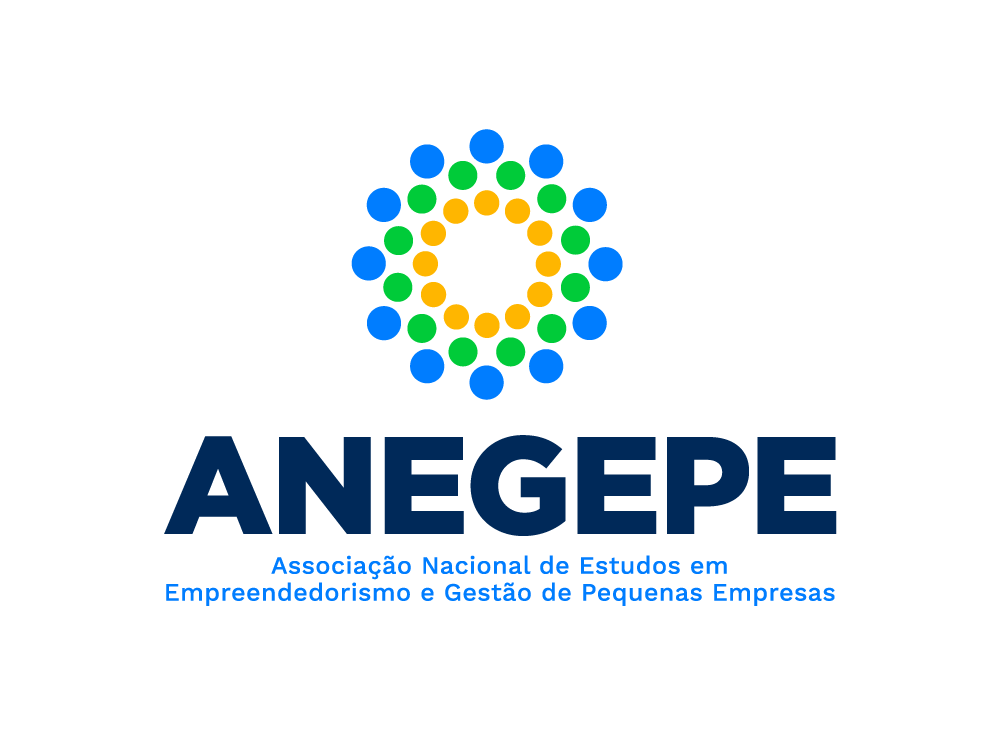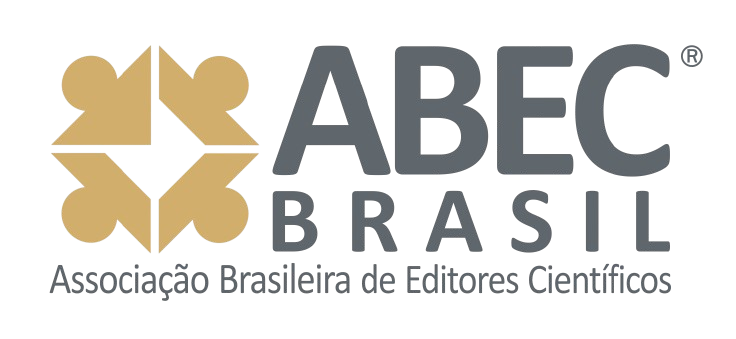Manuscript Evaluation Form: Case study
Article title
Points to be evaluated in the Case study
1. Dilemma or problem*
Is the dilemma or problem communicated clearly? Does it inform when, where and in what context does it happen? What is the degree of interest provoked by the dilemma?
2. Protagonist*
Is there clarity regarding the protagonist and information about who he is?
3. Information and/or data about the enterprise or organization and its context*
Is there information about sector, type of industry, location, country, where in the life cycle is the organization, time period? Does the information and data provided in the case and in your Teaching Notes allow students / participants to properly carry out the diagnosis and/or propose solutions? Is there alignment of the theoretical perspectives offered in the Teaching Notes with the data in the Teaching Case?
4. Orientation of the Case study*
Is the case for diagnosis of the problem or to propose solutions for the problem presented? Is this guidance clearly and explicitly stated? Does it clearly present which theory or theories underlie the analysis of the case?
5. Case study writing*
Does the text use past tense? The sequence in which information about the main problems facing the protagonist is clear and compelling? Is the case well written?
6. Size of the Case study*
Is it possible to present the entire case in one class (2h-classes)? Is it necessary to recommend emphasis on some aspect of the case or would its application require more than one class?
7. Neutrality of the case with respect to answers, solutions, recommendations*
Does the case not prompt or bias toward possible answers, solutions, and recommendations? The text allows participants to discuss and freely use the recommended theory(s) to arrive at the analysis of the problem(s), and indicate possible solutions.
Points to be evaluated in the Teaching Notes
8. Learning objectives*
Are the learning objectives clear in the Teaching notes? Is there an indication of the skills that will be developed?
9. Theoretical perspectives presented*
Are they adequate and do they allow to examine the case in breadth and depth? Would you recommend / add any other theory to complement and deepen the analysis of the case?
10. Preparation and tasks for the students*
Is there an indication and clarity of the tasks required of the students for adequate preparation for the discussion of the case and participation in the classroom (plenary session)?
11. Diagnosis and/or solution to the dilemma*
Do the teaching notes direct the teacher/facilitator (and the case itself) so that they can guide students to arrive at a diagnosis of the problem and/or alternative solutions? Are there indications for selecting the best solution (if applicable)? Does it provide support for them to be able to propose steps for implementing the solution (how, when and who would participate in this implementation)?
Points to be evaluated for Practice in the classroom
12. Potential for enthusiasm in student engagement*
Is there a possibility of generating enthusiasm and spontaneous student participation? Does it make it possible to generate interaction between students (with the support of the teacher) and to co-create knowledge and develop skills?
13. Additional suggestions for dynamics and classroom application*
Are there rooms for room arrangement (or breakout rooms*) for case application? Is there any indication for the teacher / facilitator regarding the use of multimedia equipment, frame or other resources?
* The Small Meeting Room or A Separate Part of An Internet Meeting Where Small Group Can Discussion The Private Issue Before Returning To the Main Meeting (Cambridge Dictionary).
14. General Evaluation*
Please provide a qualitative assessment of the manuscript in the space below. It is recommended that comments be provided on each of the items evaluated above, and that they be as clear and specific as possible. This space is also intended for general comments that could lead to an improvement in the manuscript. Such comments may pertain to the structure of the manuscript (division of sections/subsections), the manner in which the results are presented (graphs, tables, etc.), or other useful comments for the authors.
15. Reviewer Conclusion*
(Recommendation):
16. In compliance with Open Science, we ask if you (reviewer) agree with the publication of the manuscript evaluation reports, according to the following options:*










